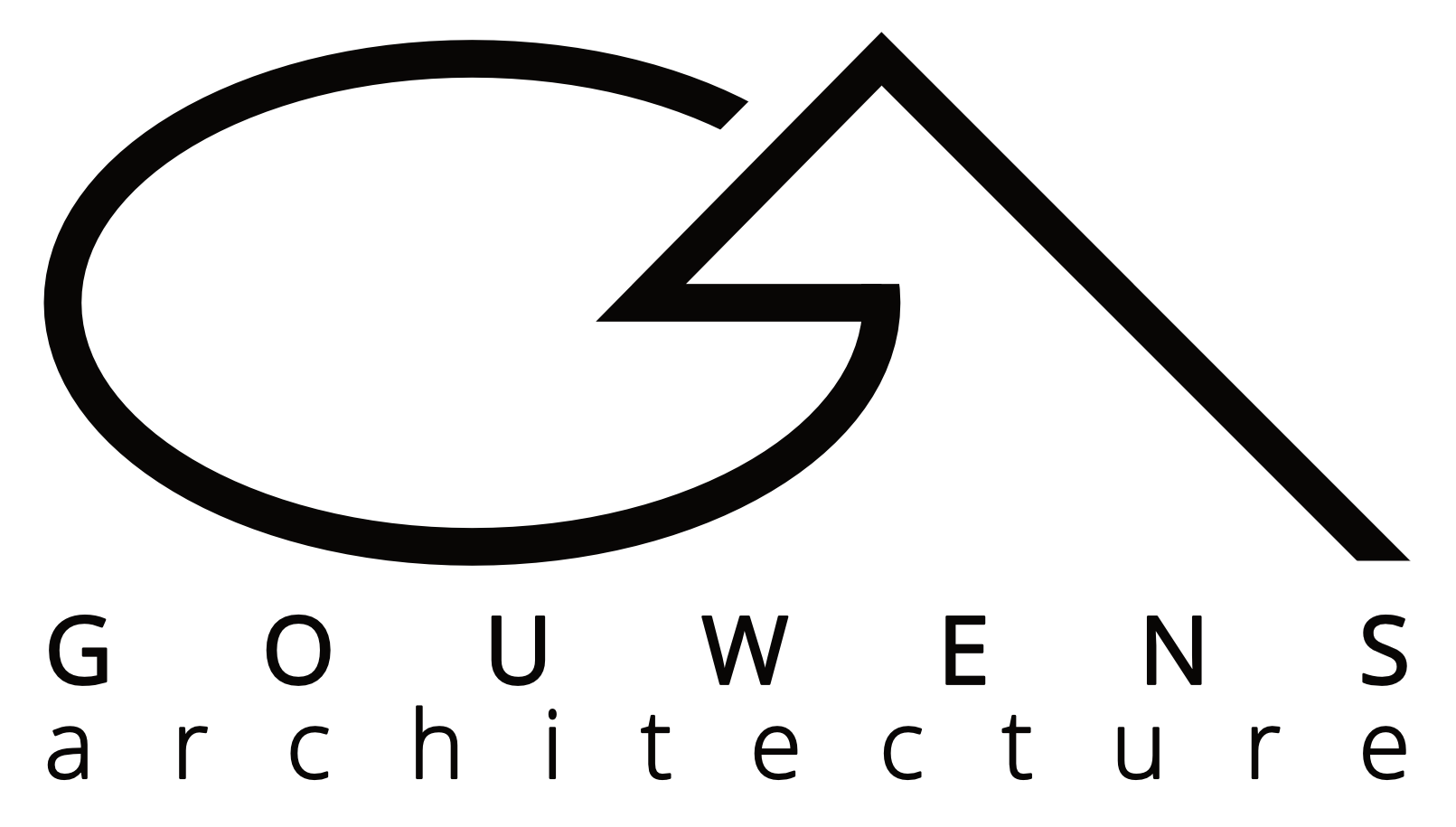In our architectural practice, sustainability, energy efficiency, and client satisfaction are at the forefront of what we do. While high standards like Passive House offer unparalleled energy performance, they may not be practical or necessary for every project. This is where the Pretty Good House (PGH) principles shine, providing a flexible and common-sense approach to sustainable building without the stringent requirements of formal certifications. Below, we’ll explore how we integrate PGH principles into our designs and explain why this approach may be more suitable for most of our clients.
Understanding Pretty Good House vs. Passive House Standards
Passive House Standards are rigorous, requiring strict adherence to criteria that drastically reduce a building’s ecological footprint. These standards focus on ultra-low energy consumption, airtight construction, and high-performance windows and ventilation systems. While achieving Passive House certification guarantees remarkable energy efficiency, the associated costs and design constraints can be prohibitive for some projects.
Pretty Good House Principles, on the other hand, offer a more accessible path to sustainability. The PGH concept emphasizes:
- Energy Efficiency: Enhancing energy performance to significantly reduce consumption.
- Indoor Air Quality: Prioritizing health with better ventilation and low-emission materials.
- Durability: Selecting materials and methods that ensure longevity and resilience.
- Comfort: Designing for consistent and pleasant living environments.
- Sustainability: Making environmentally conscious choices in design and construction.
The key difference lies in the flexibility of the PGH approach, which allows us to apply these principles as broadly or narrowly as a project allows, tailoring solutions to each client’s specific needs, preferences, and budget.
Our Approach to Implementing Pretty Good House Principles
Tailored Application
We understand that each client and project is unique. Not every design needs to meet the stringent requirements of Passive House to achieve sustainability goals. By applying PGH principles, we can incorporate sustainable design elements that make sense for the project and are cost-effective for our clients.
Practical Energy Efficiency
Our focus on energy efficiency involves practical solutions like enhanced insulation, energy-efficient windows, and optimized building orientation. These strategies reduce energy consumption and costs without the need for the extensive measures required by Passive House standards.
Focus on Health and Comfort
We prioritize creating healthy living environments through improved indoor air quality and comfort. By selecting low-VOC materials and designing for natural light and effective ventilation, we ensure spaces that not only feel good but are good for you.
Sustainable Material Selection
Choosing the right materials plays a significant role in the sustainability of a project. We opt for locally sourced, renewable, or recycled materials whenever possible, supporting both the environment and the local economy.
Why Pretty Good House is a Practical Choice
The PGH approach is adaptable, allowing us to apply these principles to a wide range of projects. This flexibility makes sustainable design more accessible to more clients, providing the benefits of reduced energy costs, enhanced comfort, and a lower environmental impact without the need for formal certification.
While Passive House standards represent the pinnacle of energy efficiency, the Pretty Good House principles offer a more practical approach for many of our clients. By integrating these principles into our practice, we can design buildings that are not only sustainable and efficient but also tailored to the specific needs and goals of each client. Our commitment to the PGH approach allows us to create spaces that are both environmentally responsible and beautifully designed, proving that sustainability and practicality can go hand in hand.


0 Comments